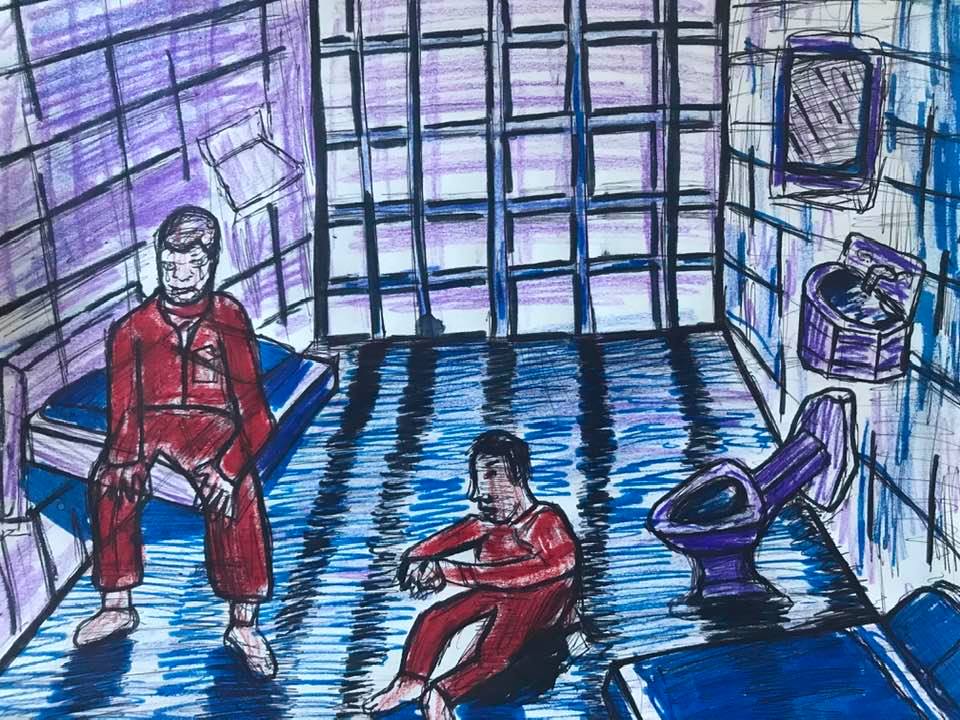
If you receive Social Security and/or SSI as your main source of support, you already know what I’m talking about from reading the title of this essay. or SSI as your main source of support, you already know what I’m talking about from reading the title of this essay. Many taxpayers do not want to see their money being used to support people they view as “lowlifes” or “the dregs of society.” Other hardworking taxpayers have some amount of sympathy; they may have friends, acquaintances or family who are disabled, and might like to see us live under better conditions.
Most people with disabilities are locked out of the workforce, are locked out of self-employment, and in some cases, are forced to live in an institution or a “board and care.” The job market just isn’t accessible to anyone who cannot function efficiently and with no complaints as a part of a larger moneymaking machine that supports the wealth of a few. Ironically, many corporations are in effect the biggest welfare recipients. They may receive government subsidies due to convoluted, crazy laws that I could never comprehend, and may pay little or no tax money.
However, in these frightening days, it seems as though disabled, mentally disabled, and seniors living on public benefits are the most frightened of all. Let’s face it: we are harshly penalized for any work activity that we might try to do. I’ve experienced this firsthand. The Social Security Administration boasts otherwise and claims that they offer incentives toward working. This is bogus.
The tiny amount of money we get to live on, and the way the benefits system is designed, are intended to restrict the activities of people with disabilities. We see a prison, not made of iron and concrete, but made of social and monetary mechanisms. This is an example of social engineering.
Additionally, if you can’t survive on what you’re getting, or if you are caught violating one or more of their many, fear-inducing rules, you fall out the trapdoor at the bottom and you have no realistic means of supporting yourself. This resembles President Trump’s partially built wall at the southern border, except that the wall we see is in every direction and has no gaps.
The architects of society don’t want the disabled people to have any power. Thus, economic restriction and repression, and forcing us to live in institutions to survive at all, are sufficient to prevent us from rising out of poverty and/or conducting activism.
The silver lining: As individuals, if we use enough imagination, enough luck, and enough effort, and, if we are young enough, can find ways to get out of this trap. However, doing this resembles a feat like that of Harry Houdini.
Jack Bragen is author of “Revising Behaviors that Don’t Work,” “Instructions for Dealing with Schizophrenia,” and “Jack Bragen’s 2021 Fiction Collection,” and lives in Martinez.
